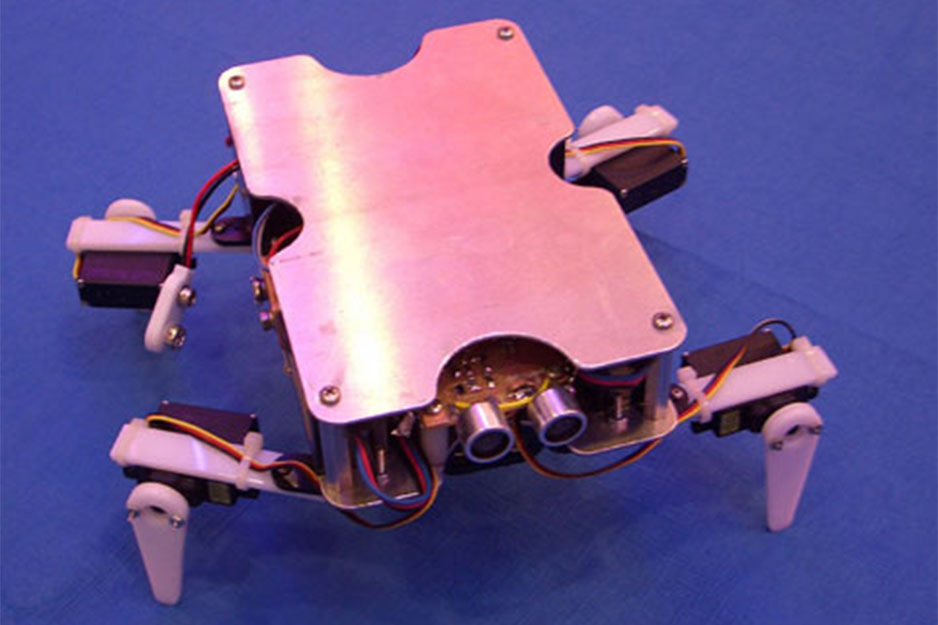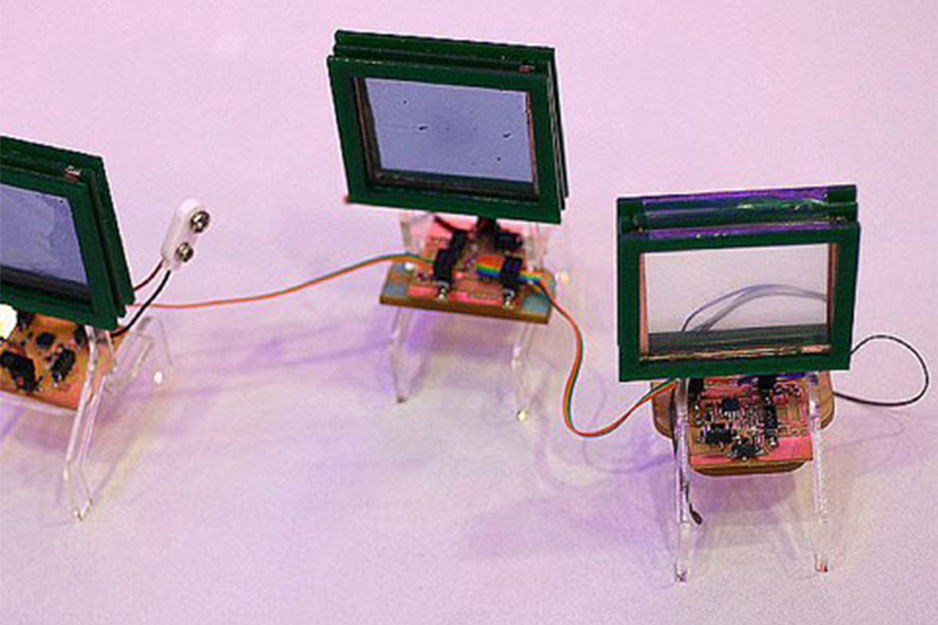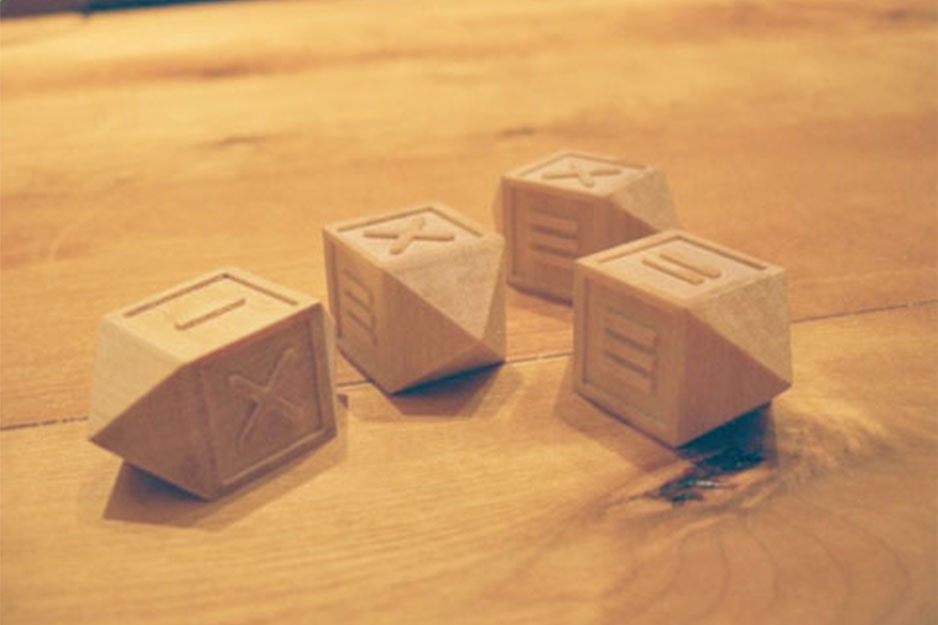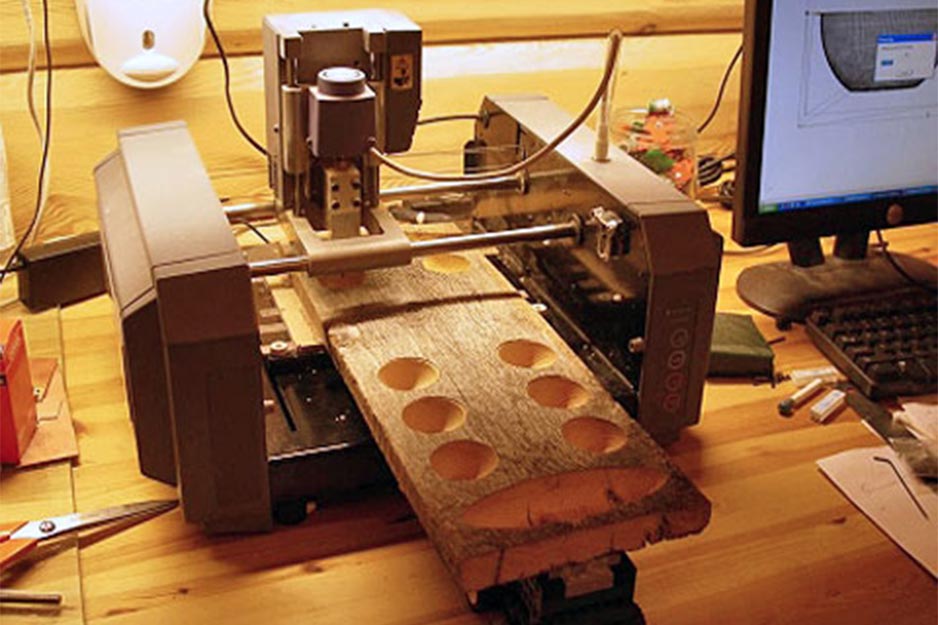Resolviendo Problemas con Soluciones Roland DG en los Fab Labs del MIT
Centro para Bits y Átomos (CBA) del MIT
Sherry Lassiter, gerente de programa del Center for Bits and Atoms (Centro para Bits y Átomos o CBA) en el Massachusetts Institute of Technology (Instituto Tecnológico de Massachusetts o MIT), define sus Fab Labs, o laboratorios de fabricación, como “esencialmente, salas de juego con esteroides digitales”. Desde el año 2002, ella y sus colegas han establecido Fab Labs en todo el mundo como recursos comunitarios gratuitos. Inicialmente financiados con una subvención de la Fundación Nacional de Ciencias (NSF) para explorar el punto de encuentro de la ingeniería, la construcción y la informática, los Fab Labs son ahora mantenidos mediante financiación local.
Los Fab Labs están diseñados para darles a las comunidades la habilidad de crear de forma rápida y económica soluciones a problemas personales y comunitarios. Son emplazamientos de prototipado rápido que constan de maquinaria controlada por computadora disponible en el mercado. Cada laboratorio está equipado con cinco instrumentos esenciales, entre ellos la fresadora MDX-20 y la cortadora de vinilo de la serie GX de Roland DG. Otros instrumentos principales incluyen una fresadora para madera CNC (de control numérico computarizado), una cortadora láser controlada por computadora, y herramientas de ensamblado y programación para procesadores integrados de alta velocidad y bajo costo. Algunos Fab Labs están también equipados con una máquina de coser computarizada.
“Necesitábamos equipos de calidad industrial, a precios razonables y muy versátiles”, dice Lassiter. “Roland DG era la opción obvia”. Ella explica que, ya que la mayoría de operadores de Fab Lab son usuarios no especializados –a menudo en lugares remotos– la maquinaria esencial de los Fab Lab debe ser extremadamente fácil de usar y mantener. Y debido a que las opciones de materiales varían según el lugar, los equipos deben ser capaces de ser compatibles con una amplia variedad de sustratos y materia prima.
“La mayoría de nuestros usuarios llegan con pocos conocimientos técnicos, y pueden aprender muy rápido a usar la MDX-20 para crear desde moldes de chocolates tridimensionales hasta placas de circuito de montaje superficial”.
Lassiter valora la precisión y velocidad del sistema de escaneado y fresado de la MDX-20 de Roland DG. “La precisión es increíble”, dice Lassiter. “La mayoría de nuestros usuarios llegan con pocos conocimientos técnicos, y pueden aprender muy rápido a usar la MDX-20 para crear desde moldes de chocolates tridimensionales hasta placas de circuito de montaje superficial”.
Las cortadoras de la serie GX de Roland DG son también piezas clave de los Fab Labs. Con sus instrucciones fáciles de seguir, la GX permite a los usuarios crear letreros, gráficos, stickers de plástico, tarjetas 3D desplegables, dioramas, máscaras de serigrafía, y circuitos flexibles cortados de láminas de cobre con revestimiento adhesivo.
Además de fabricar sus propios diseños, los usuarios de los Fab Lab pueden crear y personalizar de forma económica artículos disponibles en el mercado. Por ejemplo, los materiales para fabricar una antena de largo alcance cuestan alrededor de US$ 2, un precio mucho más bajo que el de las antenas de venta en tiendas minoristas.
“Hemos venido usando nuestras fresadoras MDX-20 y cortadoras de vinilo GX durante siete años en algunos de los más calurosos y húmedos lugares del planeta, y no hemos tenido ningún problema de mantenimiento”, dice Lassiter. “Nos asombra el consistente rendimiento de alta calidad de las máquinas Roland DG, especialmente dado el gran número de usuarios y la variedad de aplicaciones”.
El primer Fab Lab se fundó en Pabal, al noreste de Mumbai, India. Luego llegaron los de Costa Rica y Noruega rural. Hoy existen 30 Fab Labs en todo el mundo, incluyendo seis en entornos rurales y urbanos a través de los Estados Unidos. El tamaño del programa se duplica aproximadamente cada 18 meses a medida que las comunidades solicitan tener Fab Labs propios.
Los Fab Labs están siempre conectados unos con otros y con el MIT a través de una herramienta de conferencia en video que permite a los inventores compartir anteproyectos y recibir asesoría de investigadores. Los operadores de las máquinas usan software de código abierto y algunos programas escritos en el MIT, así como paquetes de software disponibles en el mercado.
A la fecha, los Fab Labs han sido usados para diseñar desde robots de juguete personalizados hasta avanzados sistemas electrónicos de comunicación. Los inventos en los Fab Labs van de simples a complejos, y de utilitarios a utópicos. Algunos pastores han desarrollado dispositivos de seguimiento para sus ovejas, productores lecheros han desarrollado instrumentos analíticos para evaluar el contenido graso y la frescura de la leche, y campesinos han desarrollado sistemas de luz LED para áreas carentes de suministro eléctrico. En otros laboratorios, los inventores han creado juguetes y piezas de juegos de madera, escaneado e impreso bloques para bordado, y construido pequeños animales robóticos. En todos los casos, los Fab Labs son foros locales para producción personalizada de bajo costo.
“Eventualmente prevemos que la fabricación de sobremesa se convierta en algo tan popular como la edición digital de publicaciones”, declara Lassiter. “Actualmente nuestros usuarios producen casi todo lo que puedan imaginar, desde escala nanométrica hasta macrométrica. Les damos las mejores, más confiables y fáciles de usar herramientas que podamos encontrar, y dejamos que su creatividad fluya”.






